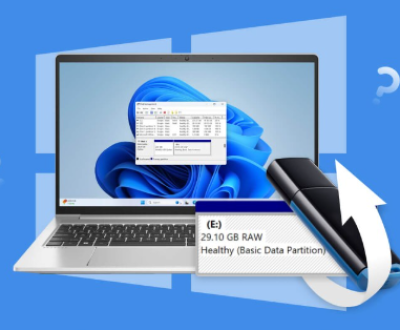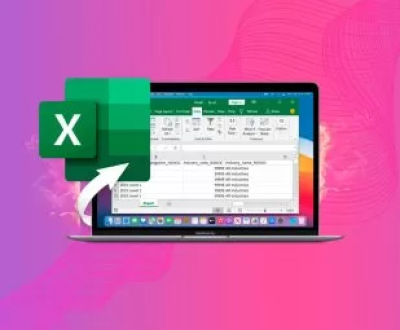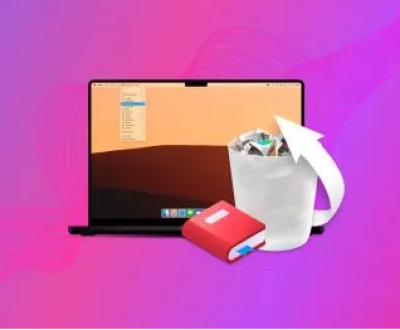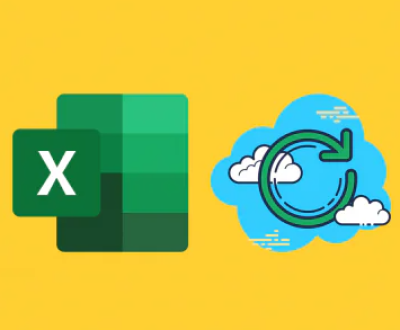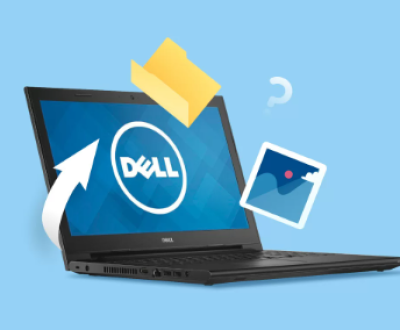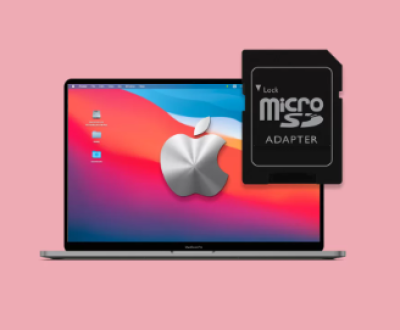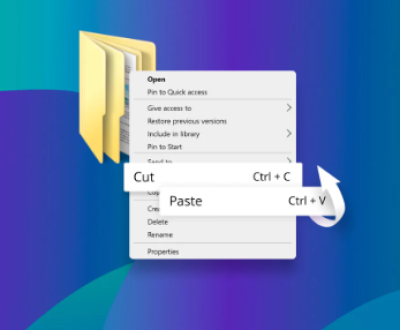Corrupted SD cards can be a nightmare, especially when they contain important photos, videos, or documents. Fortunately, there are various methods you can employ to recover your lost files.
Before diving into recovery methods, it’s crucial to understand why SD cards become corrupted:
Physical Damage: Dropping the card, exposure to water, or excessive heat can physically damage the SD card.
File System Errors: Improper ejection from devices or abrupt power loss can lead to file system corruption.
Virus Infections: Malware can corrupt files or the entire file system.
Manufacturing Defects: Sometimes, defects during manufacturing lead to premature card failure.
Excessive Usage: Continuous writing and deleting of data can wear out the card, leading to corruption.
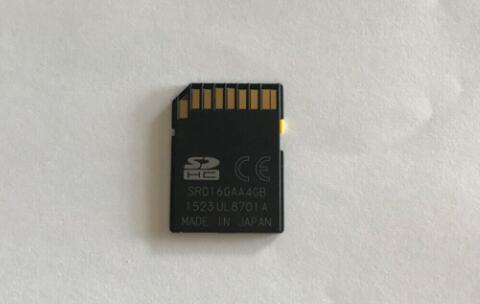
Signs of Corruption
Identifying the symptoms of a corrupted SD card is the first step towards recovery:
Inaccessible Files: You can see the files but cannot open them.
Unrecognized Card: The device fails to recognize the SD card.
Error Messages: Messages like “Card is not formatted,” “File or directory is corrupted,” or “Please format the disk” appear.
Missing Files: Files that used to be visible are now missing.
Preparation for Recovery
Stop Using the Card: To prevent further damage, stop using the SD card immediately.
Backup the Card: If the card is still accessible, back up any remaining files as soon as possible.
Gather Tools: You will need a computer, a card reader, and recovery software.
Software Solutions for Recovery
Here’s a breakdown of popular software options for recovering files from a corrupted SD card:
Recuva
Platform: Windows
Features: User-friendly interface, deep scan option.
Steps:
Download and install Recuva.
Connect the SD card to your computer.
Launch Recuva and select the SD card.
Choose the type of files you want to recover (e.g., pictures, documents).
Start the scan and wait for the results.
Preview and recover the files.
EaseUS Data Recovery Wizard
Platform: Windows, Mac
Features: Advanced scanning options, file preview.
Steps:
Install EaseUS Data Recovery Wizard.
Insert the corrupted SD card into your computer.
Open the software and select the SD card from the list of drives.
Click on “Scan” to search for recoverable files.
Once the scan is complete, browse through the results.
Select the files you want to recover and click “Recover.”
Disk Drill
Platform: Windows, Mac
Features: Data protection features, file recovery, and preview options.
Steps:
Download and install Disk Drill.
Connect the SD card to your device.
Open Disk Drill and select the SD card from the list.
Click on “Search for lost data” to initiate scanning.
After scanning, review the list of recoverable files.
Choose the files you wish to restore and save them to a different location.
PhotoRec
Platform: Windows, Mac, Linux
Features: Open-source and works with various file formats.
Steps:
Download and extract PhotoRec.
Connect the SD card to your computer.
Open a command prompt or terminal window.
Navigate to the directory where PhotoRec is located and run it.
Select the SD card and choose the file types to recover.
Start the recovery process and wait for it to complete.
Manual Recovery Techniques
If software recovery fails, consider manual methods, though they can be more complex:
Check Disk Utility (Windows)
Steps:
Connect the SD card to your computer.
Open “This PC” or “My Computer.”
Right-click on the SD card drive and select “Properties.”
Go to the “Tools” tab and click on “Check.”
Follow the prompts to scan and repair the file system.
Disk Utility (Mac)
Steps:
Connect the SD card to your Mac.
Open “Disk Utility” from Applications > Utilities.
Select the SD card from the list and click on “First Aid.”
Follow the prompts to repair the disk.
Command Prompt (Windows)
Steps:
Open Command Prompt as an administrator.
Type chkdsk X: /f (replace “X” with the drive letter of your SD card).
Press Enter and wait for the process to complete.
What to Do If Recovery Fails
If you can’t recover the files using the above methods, consider professional data recovery services. While they can be expensive, they often employ advanced techniques to recover data from severely corrupted devices.
Choose a Reputable Service: Look for reviews and testimonials from previous clients.
Understand the Cost: Inquire about the pricing structure upfront.
Ask About Success Rates: A trustworthy service should provide information on their success rates for similar cases.
Preventing Future Corruption
Once you have successfully retrieved your files, take steps to prevent future corruption:
Safely Eject: Always eject the SD card properly from devices.
Regular Backups: Keep copies of important files on multiple devices or cloud storage.
Avoid Overuse: Limit the number of times you write and delete files on the card.
Use Reliable Brands: Invest in high-quality SD cards from reputable manufacturers.
Keep It Dry: Protect your SD card from moisture and extreme temperatures.
Start with software recovery solutions and, if necessary, move on to manual methods or professional help. Always remember to back up your data regularly and handle your SD cards with care to minimize the risk of future data loss.
About us and this blog
Panda Assistant is built on the latest data recovery algorithms, ensuring that no file is too damaged, too lost, or too corrupted to be recovered.
Request a free quote
We believe that data recovery shouldn’t be a daunting task. That’s why we’ve designed Panda Assistant to be as easy to use as it is powerful. With a few clicks, you can initiate a scan, preview recoverable files, and restore your data all within a matter of minutes.
Subscribe to our newsletter!
More from our blog
See all postsRecent Posts
- Retrieve files from usb 2025-07-04
- How to retrieve overwritten excel file 2025-07-04
- How to retrieve lost files on sd card 2025-07-04

 Try lt Free
Try lt Free Recovery success rate of up to
Recovery success rate of up to

